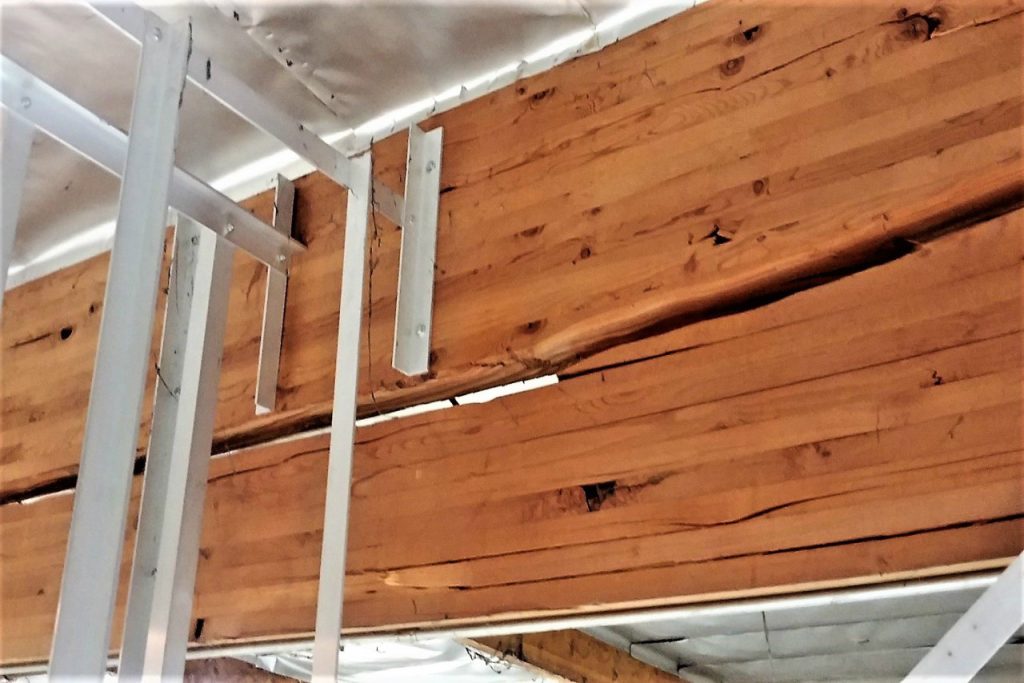
Building retrofitting has become a pivotal aspect of sustainable development and urban renewal initiatives worldwide. In the face of climate change and the urgent need to reduce carbon emissions, retrofitting existing buildings offers a tangible solution to enhance energy efficiency, reduce environmental impact, and improve occupant comfort. Here’s an overview of building retrofitting and its significance in today’s context.
What is Building Retrofitting?
Building retrofitting involves the process of upgrading and enhancing existing buildings to improve their performance, sustainability, and functionality. It typically includes implementing energy-efficient technologies, improving insulation, upgrading HVAC systems, installing renewable energy sources, and enhancing overall building envelope integrity.
Significance of Building Retrofitting:
- Energy Efficiency: Retrofitting older buildings significantly reduces energy consumption by improving insulation, upgrading lighting systems, and installing energy-efficient appliances. This not only lowers utility bills for building owners but also reduces greenhouse gas emissions, contributing to climate change mitigation efforts.
- Environmental Impact: By retrofitting existing buildings to operate more sustainably, we can reduce the overall environmental footprint associated with construction and operation. This includes minimizing waste generation, conserving resources, and lowering energy demand, thereby preserving natural resources and ecosystems.
- Economic Benefits: Building Retrofit offers numerous economic advantages, including increased property values, reduced operating costs, and job creation in the green technology sector. Additionally, government incentives and tax rebates for energy-efficient upgrades make retrofitting projects financially attractive for building owners and developers.
- Occupant Comfort and Health: Retrofitting improves indoor air quality, thermal comfort, and overall livability for building occupants. Upgrades such as better ventilation systems, non-toxic materials, and natural lighting contribute to healthier indoor environments, leading to higher productivity and satisfaction among occupants.
- Urban Revitalization: Retrofitting older buildings revitalizes urban areas by preserving historical architecture, reducing blight, and attracting investment. Renovated buildings can serve as catalysts for neighborhood revitalization, creating vibrant, sustainable communities that promote social equity and cultural preservation.
Challenges and Considerations:
Despite its benefits, building retrofitting faces challenges such as high upfront costs, complex regulatory requirements, and technical feasibility issues. Additionally, retrofitting historic or heritage buildings requires careful planning to balance preservation with modernization.
Conclusion:
Building retrofitting plays a crucial role in addressing the environmental, economic, and social challenges of the 21st century. By transforming existing buildings into energy-efficient, sustainable structures, we can create healthier, more resilient communities while mitigating the impacts of climate change. Embracing building retrofitting as a cornerstone of sustainable development is essential for creating a greener, more prosperous future.


